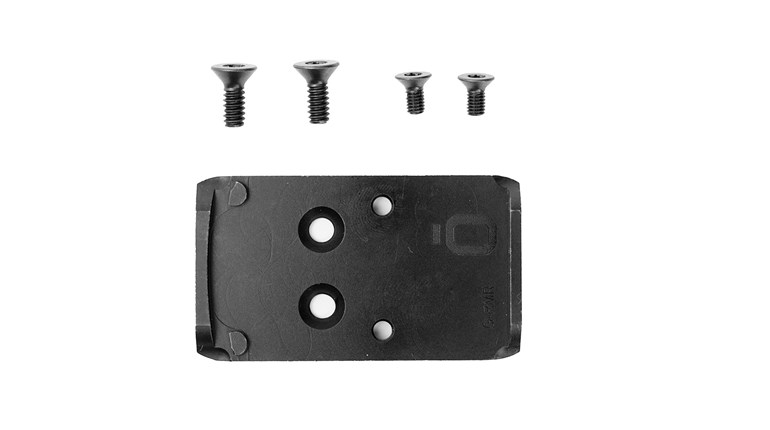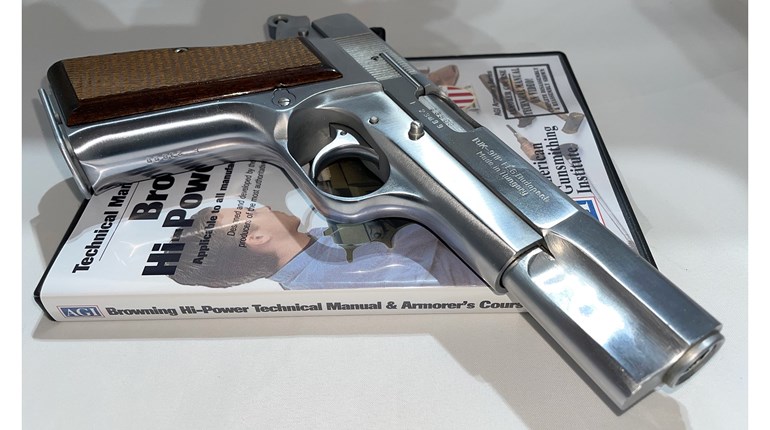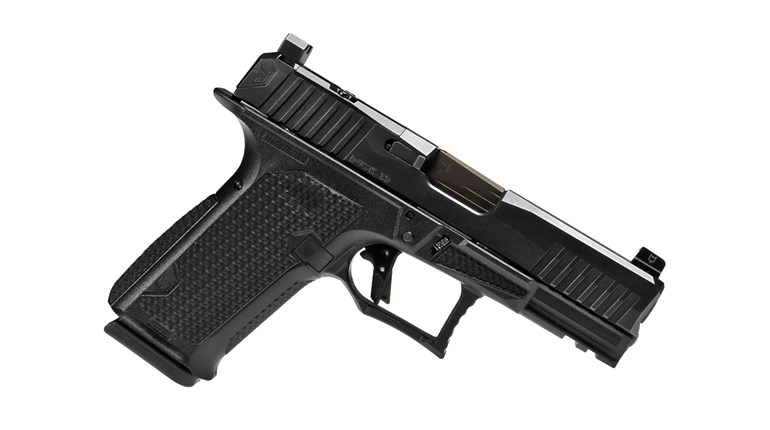
Since the first examples of the Gaston Glock’s namesake handgun began rolling off the assembly line more than three decades ago, the various evolutionary changes to the design, upgrades and even the addition of new chamberings have been grouped by generations. To date, the pistol has developed into five generations, each with their own changes, subtle differences and evolutionary improvements. But, that’s not to say you need a scholarly understanding of how each generation differs from the other and how it morphed into the next. Rather, a basic knowledge will help to make sure all of the parts for your build are compatible beforehand.
For example, while I suppose it’s possible that some Gen1 and Gen2 pistols may still be in service, I suspect the likelihood of finding aftermarket parts for them would be quite slim. Conversely, as production of Gen3 pistols began in the late ’90s, Gen4 in 2010 and since production of the latest Gen5 began less than a year and a half ago, which suggests Gen5 Glocks and components are still to be considered somewhat new. This suggests that the largest selection of Glock accessories available to consumers will be for the Gen3 and Gen4 models.

Does this mean that Gen3 and Gen4 parts are completely incompatible? Not necessarily. The short answer is it depends on the parts in question. Case in point: Lone Wolf Distributors offers slide adapters to successfully convert your full, compact of subcompact frame into a long-slide model Glock using a frame and slide of either the same or different generations.
Similarly, installing a guide-rod adapter is a simple way to convert Gen3 guide rod to the larger hole found in a Gen4 slide. While each option can provide for some truly interesting pistol hybrids, and possibly provide a quick fix to keep a new project from otherwise going pear-shaped before it gets off the ground—keep in mind it adds an extra (albeit critical) component to your parts list—which is one less part with which the pistol was designed to function and, by that logic it becomes one extra part that could fail.

That being said, while in the planning and parts-buying phase, take the time to purchase everything you’ll possibly need to successfully complete your Glock build. It ultimately saves money, time and frustration, which translates to more trigger time for you in the future.
In the next installment will cover the type of tools you may need or want to consider purchasing for your Glock build.




































